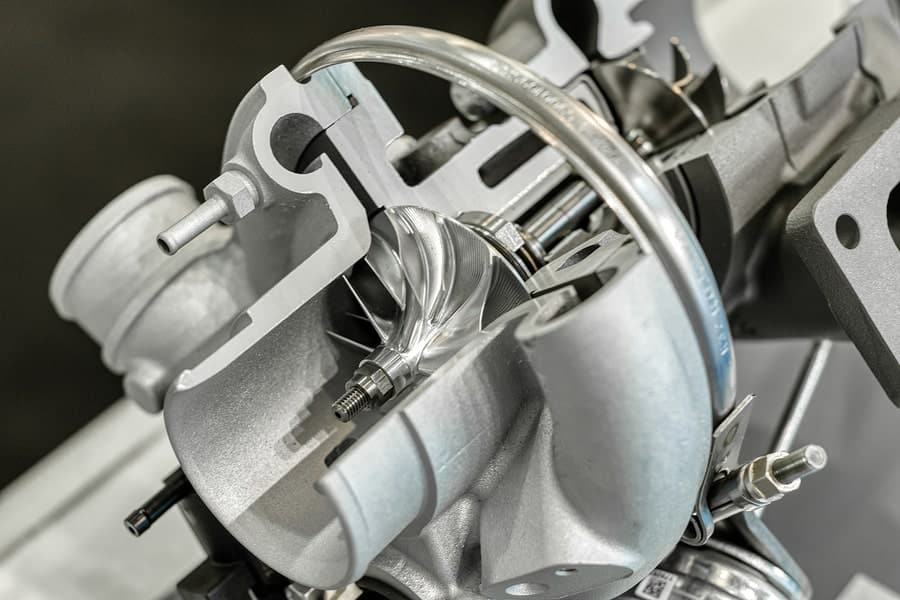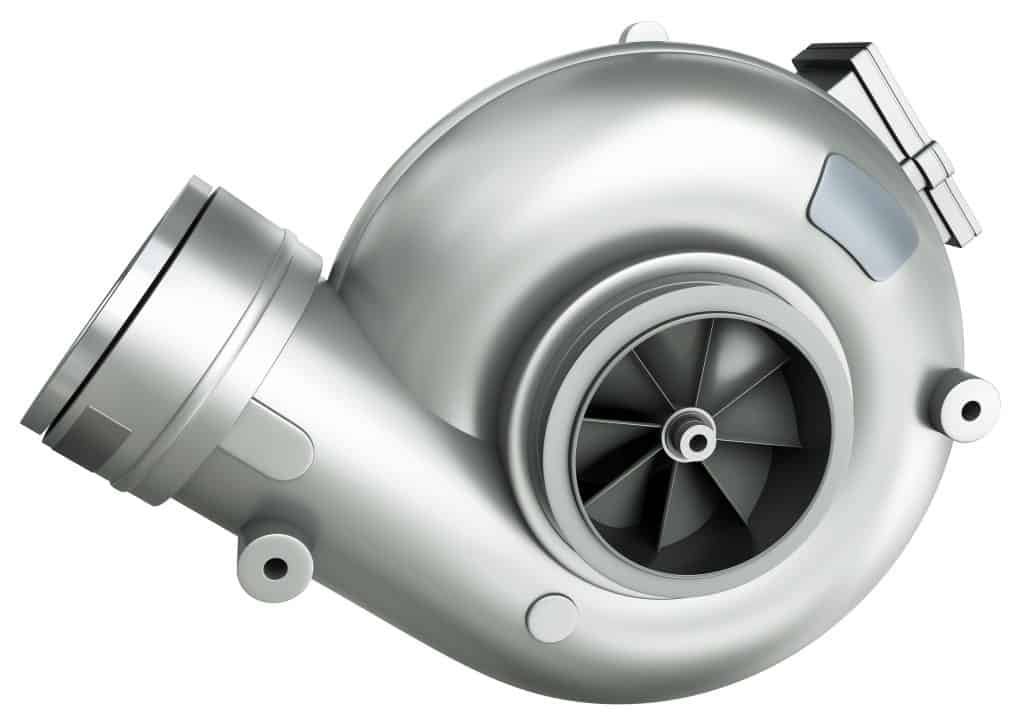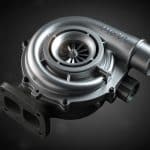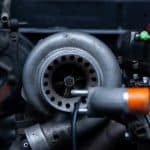
Your turbocharger is an important part of the engine, helping you accelerate faster and get to top speeds in important situations. It gives you that thrust when you want to overtake on the motorway, quickly and safely. On some cars you can even hear a satisfying rush as the turbo kicks in, forcing air into the engine. However, if your turbo stops working properly, your engine may become inefficient and could suffer from poor performance. What are some of the signs that your turbo is failing?
Table of contents:
- How does a turbocharger work?
- What causes a turbo to break down?
- Signs of a Failed Turbo
- Can you still drive with a blown turbo?
- And finally
How does a turbocharger work?
The turbo pushes more air into the engine, effectively powering up the combustion, and raising the top levels of performance. It does this by using the exhaust fumes from the engine to spin an air pump, which means that the turbo draws extra power from the engine, making use of the kinetic energy delivered by the expulsion of the exhaust gases. This air pump then pushes the additional air into your engine, increasing the horsepower.
What causes a turbo to break down?
Some of the most common causes behind turbo failure include the following:
Lack of oil and lubrication – the turbo needs a good flow of clean oil to keep it working properly. It can suffer from a build-up of carbon deposits and contaminants that reduce its effectiveness, and can even cause it to completely break down over time.
Foreign objects – there’s a chance larger items of debris, such as stones or even broken car parts from other cars can get sucked into the turbo via the inlet. As you would expect, these particles can cause severe damage to the wheels and blades in the turbo. Check your air filter is serviced regularly.
Over-speeding – continually pushing at the top levels of your engine’s performance will force gas through the seals and pipes. Over time this pressure can cause leaks and cracks, making the turbo work harder and increasing levels of fatigue. This can damage and wear out the turbo.
Age and wear and tear – as you would expect, a turbo will not last forever. You’re looking at a life-cycle of this part that’s good for around 100K to 150K miles, depending on how you drive your car. It will need replacing eventually.
Other issues – as the turbocharger is constantly under pressure, there are many things that can impact its performance. Excessive exhaust gas temperature (EGT) can overheat the part, and moisture ingress can cause rust and degradation, affecting components such as the actuator. Additionally the turbo can suffer from problems caused by the exhaust system, the fuel intake and the waste gate.

Signs of a Failed Turbo
Look out for these symptoms to help you diagnose a failed turbo in your car:
Loss of power and slow acceleration – the turbocharger is designed to make your car reach top speeds faster. Naturally you’ll become very aware of its performance and capabilities. If you notice that the vehicle is taking longer to get to speed and can’t dance between the traffic like it used to, then checking the turbo should be your first port of call.
Smokey exhaust and excessive emissions – one of the problems with worn seals and cracks in the turbo is that this allows oil to enter the exhaust, which will burn off with a very distinct greyish blue smoke. This symptom becomes even more prominent when you’re driving at speed and engaging the turbo, so if you notice this smoke in your mirror then the turbo could be the culprit.
Check engine light – there are several reasons why this light can become illuminated on your dashboard. It could be down to problems with your fuel tank pressure sensor, or even a loose petrol cap, but sometimes it may indicate a serious issue with your turbo. Stay on the safe side and get the car checked out by a mechanic.
Inactive boost gauge – in many sports cars and top end models, you’ll see a boost gauge that displays the amount of thrust generated by the turbo. As with your acceleration, you’ll get a feel for the performance over time. Any drop in boost should indicate to you to book a visit to the service centre for an inspection.
Burning oil – as we mentioned, oil leaking in the turbocharger is a sign of gradual failure. Disconnect the downpipe at the front of the turbo and take a look inside. Can you see oil? Any sign of deposits in the pipe means that you need to get the turbo serviced. If this problem is left unchecked the entire system could fail.
Whining turbo – when the turbo boost is engaged a failing turbo can make a loud, whining noise that’s not unlike a siren, which will grow as the problem gets worse. If this is combined with any of the other signs listed here, then you can be sure of issues with the part.
Can you still drive with a blown turbo?
If you think your turbo has blown then it’s a good idea to stop the car and check that it’s broken. Smoke pouring out from the part is pretty unquestionable, but if you’re unsure, then remove the intake and check the shaft. Believe it or not, you can drive on without the turbo, but it is probably safer to call for a recovery lift.
Should you decide to drive with a broken turbo, then first unhook the linkage from the wastegate activator, and then use a wire to hold it open as you drive the necessary distance to get to a mechanics. Go easy on the throttle as the wastegate won’t be able to handle the full pressure of the exhaust. Be sure to keep an eye on your oil level if you do decide to drive on a blown turbo, and don’t go more than around 100 miles.
And finally
Be aware that when your turbo fails the pieces will drop down into the intercooler and the oil seals will fail. Unfortunately the engine can actually run on this oil and can run away at maximum RPM until all the oil is used up, at which point the engine will seize. If your turbo fails remove the intercooler, air box and all the tubes to avoid causing considerable damage to your engine.
Of course, if you’re quick to the mark you can change your turbo yourself – saving time and money on an expensive garage repair.




.png)